The operator of the Fukushima Daiichi nuclear plant has recently started tests on new facilities for discharging treated radioactive wastewater into the sea for decades to come. The Tokyo Electric Power Company (Tepco) plans to start discharging it this summer, a controversial move which is opposed by local fishing communities, environmental groups and neighbouring countries such as South Korea and China. However, the International Atomic Energy Agency (IAEA) has confirmed that the release would fall within regulatory limits. The scientific community is broadly supportive, although some difference of opinion remains.
In 2011, an earthquake and tsunami destroyed the plant’s cooling systems, causing three reactor meltdowns and releasing large amounts of radioactive material. In the following months, over 300,000 tonnes of untreated water used to cool the reactors’ cores were dumped into the Pacific Ocean. It contained radioactive products of nuclear fission including long-lived heavy nuclei like caesium-137, strontium-90 and iodine-131.
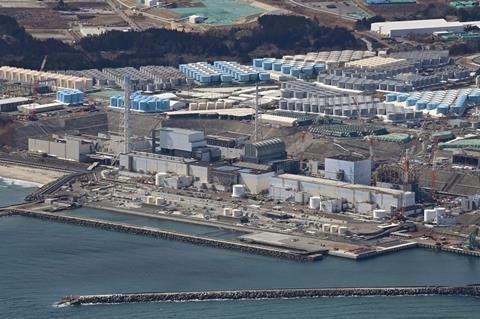
The site now has around 1000 tanks storing about 1.3 million tonnes of radioactive water. The plant operator, Tepco, says it is running out of storage capacity and needs to remove the tanks to prevent accidental leaks in the event of an earthquake, as well as to make room to decommission the plant. It has developed an advanced liquid processing system (Alps) containing a series of zeolite clay filters designed to remove up to 62 radioisotopes except for tritium and carbon-14. The radionuclides are then separated and stored as radioactive waste.
Tepco is currently testing new infrastructure that treats tonnes of newly contaminated water each day. The filtered water is diluted by a factor of 100 with water – seawater will replace freshwater after testing – before passing through an undersea tunnel which opens about 1km from the coast.
The IAEA has been involved in reviewing the process’s safety. For example, samples were taken from the first batch of Alps-treated water and independently analysed by three IAEA labs and third-party labs in France, South Korea, Switzerland and the US. They found radionuclides were not present at significant levels.
Tony Hooker, director of the Centre for Radiation Research, Education and Innovation at the University of Adelaide, says the plan meets scientific and regulatory requirements, and no environmental or human health impacts are likely. He also points out that nuclear power plants worldwide have routinely discharged water containing tritium for over 60 years, most at higher levels than the 22TBq per year that is planned at Fukushima.
However, he admits that the plan is controversial. There is ‘a growing question’ regarding the use of the sea as a dumping ground when oceans are already stressed and struggling, he says. Another issue for some scientists is that Tepco knows the composition of only 40% of the tanks’ contents. However, Hooker says that provided the water is filtered, tested, refiltered if necessary, and only tritium and carbon-14 are released it shouldn’t pose a risk.
David Krofcheck, senior lecturer in physics at the University of Auckland in New Zealand, agrees that the release is safe as long as the ‘nasty stuff’ has been removed. He notes that Tepco and the IAEA agree that about 70% of the water may require refiltering before dilution and release because some of the original nuclear fission nuclei remain.
‘The problem is that a lot of trust has been lost since the Japanese released radioactive water in 2011 and made claims about Alps in 2018 that turned out to be over-optimistic at that time,’ he adds. ‘Some people question whether things have been covered up, or if they have been given all the information. It would be good if there could be more international collaboration with South Korea, Taiwan and others checking and verifying each other’s results.’
However, Robert Richmond, director of the Kewalo Marine Laboratory at the University of Hawaii at Manoa and a member of the expert scientific advisory panel to the Pacific Islands Forum, insists Japan’s plan is premature and ill-advised. ‘The supporting radiological environmental impact assessment prepared by Tepco is deficient and inadequate, as are the monitoring plans and approaches which do not address ecosystem protection, only detection. The fate of particular radionuclides in marine sediments is notably absent, as are well-designed studies of uptake, trophic transfer and bioaccumulation in marine organisms, particularly edible species of commercial and cultural value. Importantly, the potential negative effects and impacts of this activity are not independent from the multitude of stressors already affecting ocean health and that of the people who depend on it.’
The Pacific Island Forum scientific panel, for example, has proposed using the wastewater to make concrete, which locks up residual tritium. The concrete could be used to build sea walls and other infrastructure in Fukushima. However, critics point out that seawater corrodes concrete so the tritium would end up in the sea eventually. There are also regulatory barriers surrounding using tritium as a commercial product.
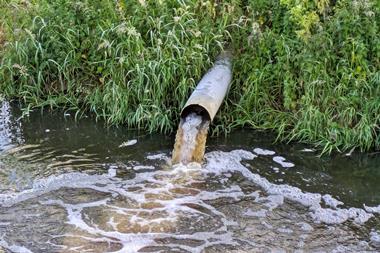
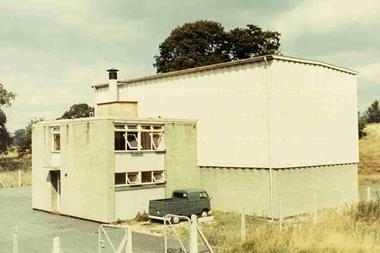
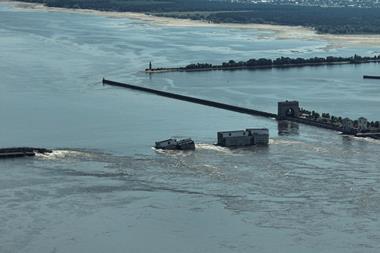
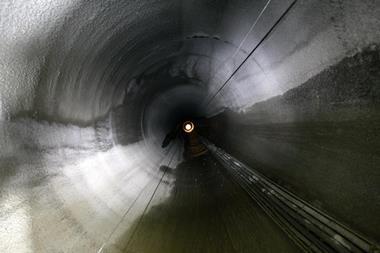
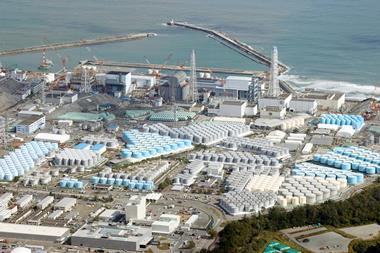







1 Reader's comment